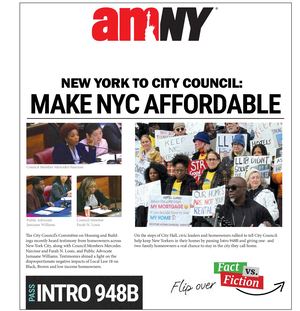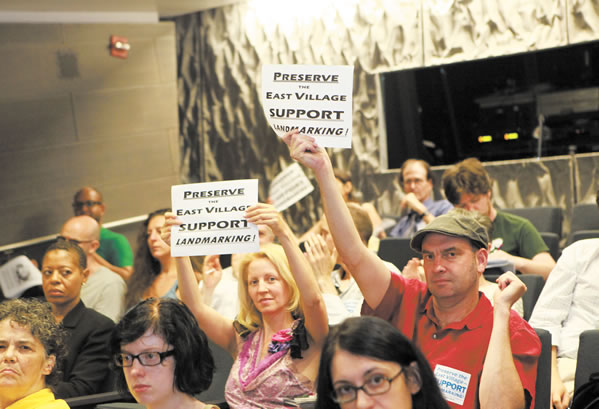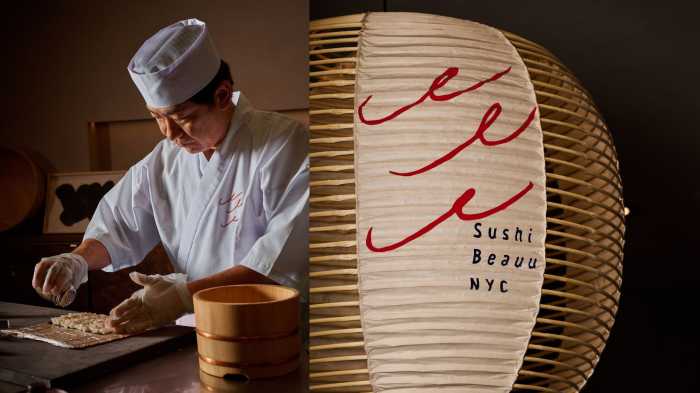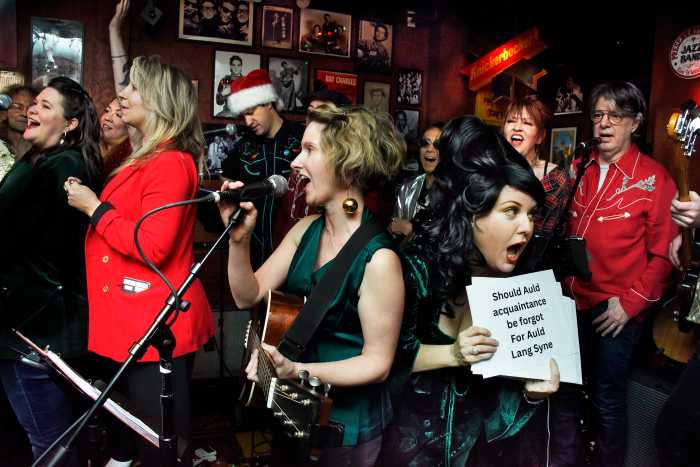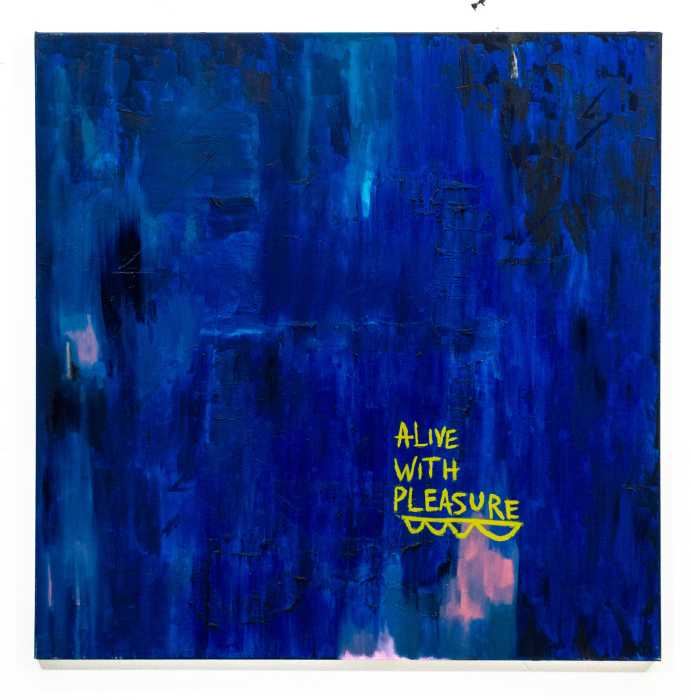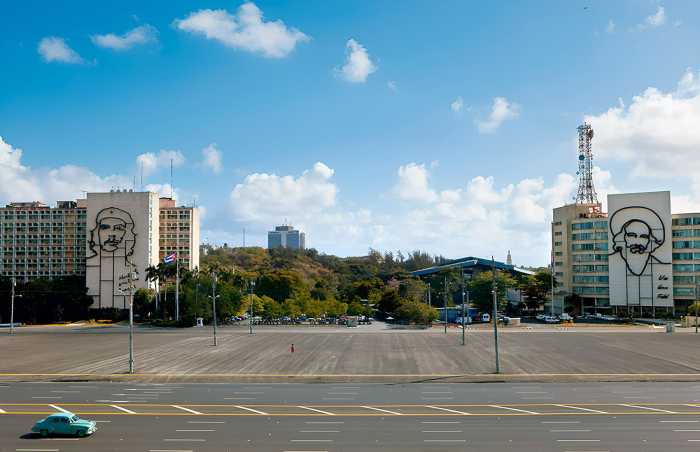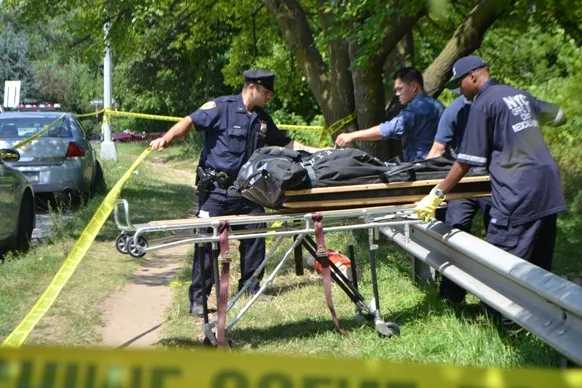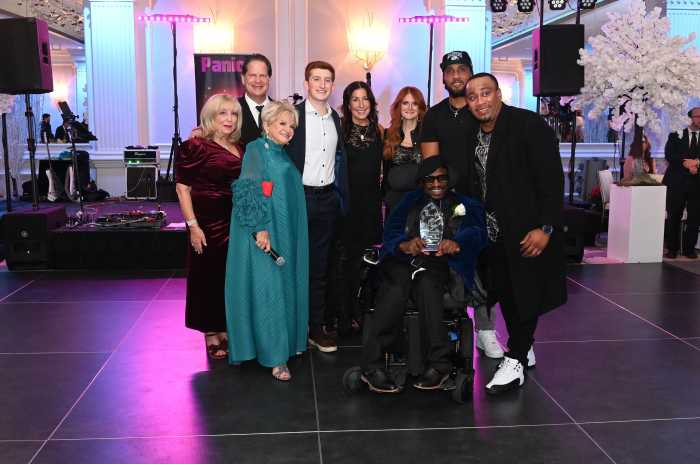By Lesley Sussman
Community Board 3 managed to pull the proverbial rabbit out of a hat Tuesday, finding a last-minute compromise that seemed to cap the tension between local religious leaders and preservation groups over the designation of two new East Village historic districts.
Amid the intermittent boos, hisses, applause and shouts, pro-landmark supporters and anti-landmark supporters made their feelings clear.
The community board approved a last-minute amendment in support of the two historic districts, with the provision that the city’s Landmarks Preservation Commission “should work with individual religious institutions” and other area small businesses to resolve their concerns about the designation.
The proposal was divided into two separate motions, with a 23-to-9 vote in favor of the broader, Second Ave.-to-Tompkins Square Park district, and unanimous support for the Tenth St. district between Avenues A and B.
The amendment was introduced by recently appointed board member Carlina Rivera and — at least for the moment — seemed to satisfy both sides.
Religious leaders in the neighborhood have in past months worried that they could not bear the financial burden of renovations for their buildings under landmarking requirements, and have complained that the city has been ignoring their concerns.
Many of the clergy who attended the packed 6:30 p.m. community board meeting at The Cooper Union’s Rose Auditorium, at 41 Cooper Square, had also expressed concern that C.B. 3 was insensitive to their special needs.
But the amendment passed by the board Tuesday evening seemed to change all that. The Cathedral of the Most Holy Virgin Protection, 59 E. Second St., has been outspoken against the landmarking of sections of the neighborhood. But at the meeting, Richard Wright, the cathedral’s community liaison, said, “I think tonight there was a clear understanding that there is a third way for an exemption for the neighborhood’s houses of worship.
“The blanket approach to landmarking is obviously causing a lot of contention and disconnect,” Wright said, adding, “The amendment will result in more dialogue and not a hasty move to landmark our churches, synagogues and mosques, so that we can do this responsibly. I think this is the first time that real dialogue was there addressing the discord that’s going on.”
Rivera, meanwhile, said she did not want any special kudos for her conciliatory amendment, because it just seemed the most logical action for the board to take.
“A lot of leaders of various organizations and religious institutions brought up a lot of very good points about how they were being forced through this landmarking process,” she explained. “Although I personally feel it’s a great idea to landmark and preserve what we have, there should be further discussion with small business owners and religious institutions and other organizations. Everyone’s feelings, thoughts and concerns should be taken into consideration.”
The heavily attended meeting, which saw a turnout of about 200 residents, ran the gamut of emotions on both sides of the issue. Those who spoke out against historic landmark designation ranged from rabbis and priests to a spokesperson for The Catholic Worker, who sparked one of the tense meeting’s few moments of laughter when she described her group as “anarchists who don’t like being told that we have to do something.”
Joanne Kennedy, The Catholic Worker spokesperson, told the board, “Please cut us out from any landmarking plans, because we’re not good at tolerating any oversight or interference with our activities.”
Also speaking against the proposed historic district effort was Peter Greenman, who read a statement by Reverend Christopher Calin, dean of the Cathedral of the Holy Virgin Protection.
In his statement, Calin said, “To the preservationist leaders who are lobbying for this proposal today I say: We are not your enemies, regardless of your opinion about religion or faith. We have been your allies, preserving the Lower East Side/East Village since before most of you have been here, and we will continue to do so into the future.
“The impasse we face now is not about being for or against preservation. It is certainly not about us wanting to tear down our beautiful and much-beloved buildings, or change the fabric of the neighborhood… .
“The forced, individual landmark status of our buildings will place time-consuming and costly bureaucratic demands on us to make application to and receive permission from the L.P.C. every time we need to change a window, put in an air conditioner, paint a gate, install a new sign or replace doors, roofs, gutters or steps.
“We are of limited financial means. We cannot afford to make alterations and repairs in accordance with the strict standards of the L.P.C. We need our limited funds to perform our ministry and to stay in existence for the sake of our parishioners and our community,” Calin’s statement said.
Also making an emotional appeal for an exemption from any historic district designation was Rabbi Pesach Ackerman of the Anshe Mezritch synagogue, 415 E. Sixth St.
“This neighborhood has been my home, my life and my love for nearly six decades,” Ackerman said. “I’m asking Community Board 3 on behalf of all our churches and synagogues to let us operate without outside interference.”
Taking a more middle ground was Reverend Jacqui Lewis, senior minister of Middle Collegiate Church, 50 E. Seventh St.
“We want to have a cooperative and sensitive conversation and be treated as individuals,” she told the C.B. 3 members. “We don’t want antagonisms. Let’s do it together.”
Equally forceful presentations were made by those strongly in favor of the landmarking proposal, which was first presented several months ago by L.P.C.
Leo Blackman, immediate past president of the Historic Districts Council and an architect who works primarily with churches and schools occupying historic properties, advocated for the designations.
“These historic districts are greatly deserved and long overdue,” he said. “With them, the commission finally recognizes that the humble apartments of immigrant working people are as important to our common history as the Uptown mansions of the wealthy.”
Kurt Kavanagh, of the East Village Community Coalition, a neighborhood advocacy group, said it was urgent to create the new districts.
“We’re losing our historic community every day by developers’ wrecking balls,” he testified. “Century-old tenements are being ravished.”
He was joined by Richard Moses, of the Lower East Side Preservation Initiative, who said the historic neighborhood is “becoming an endangered historic district.”
“Beautiful row houses and tenements going back 150 years, and which were designed and crafted by immigrants, will no longer be around in the next 10 to 20 years if we don’t landmark now,” Moses said.
While Moses’ remarks drew loud boos from landmarking opponents, the loudest emotional outburst came when C.B. 3 acting chairperson Herman Hewitt responded to an anti-landmarking speaker who addressed the board out of order.
“That won’t change our minds at this point,” Hewitt said, in response to the interruption.
However, some residents then screamed at Hewitt that he was “prejudiced” and had shut his mind on the issue.
“It’s not fair. You’ve already made up your mind,” one resident shouted at Hewitt, who ordered her to leave the room.
Another local resident, William Green, staged his own shouting match with the board, accusing them of “not respecting artists in the neighborhood. You only respect bureaucrats,” he accused.
Green said if buildings in the neighborhood were landmarked, then East Village street artists, like Jim Power, a.k.a. the “Mosaic Man,” wouldn’t be allowed to embellish street lampposts and curbs with his tile work, and Chico wouldn’t be able to do his famed graffiti murals.
One issue that arose and seemed a sticking point between the two sides was the value of mediation. C.B. 3 District Manager Suzan Stetzer said she had initiated a mediation process several months ago, hoping for results, but a response from some religious institutions had been slow in coming.
Andrew Berman, executive director of the Greenwich Village Society for Historic Preservation, said he felt that the mediation process had run its course.
“We did everything we could back in February,” he said. Berman added that no matter what the results of any future mediation, “It won’t change my mind on landmarking.”
But Anthony Donovan, a founder of the Local Faith Communities Coalition, which is seeking exemptions from historic district designation for houses of worship and other groups, said he would like to continue the effort.
“There are solutions available,” he told the board. “We don’t need a contentious atmosphere. We believe there’s a third way.”
Toward the meeting’s end — during the board’s “executive session,” before their vote — community board members also weighed in on the landmarking issue. Former C.B. 3 Chairperson David McWater said he didn’t know of any churches or synagogues “who went out of business because of landmarking. They went out of business for other reasons,” he noted. McWater added that priests, rabbis and other religious leaders were simply “stewards” of their houses of worship and not the owners.
“This is a golden opportunity for them to preserve their churches forever,” he stated.
Disagreeing was C.B. 3 member Joel Kaplan, executive director of the United Jewish Council of the Lower East Side.
“These stewards should decide what’s best for their institutions,” Kaplan told McWater. He asked that a vote on historic district designation be delayed because “there was not sufficient documentation” that such a measure was really needed for the neighborhood.
The Landmarks Preservation Commission must next hold a public hearing, and then the matter will go before the City Council for final approval.
